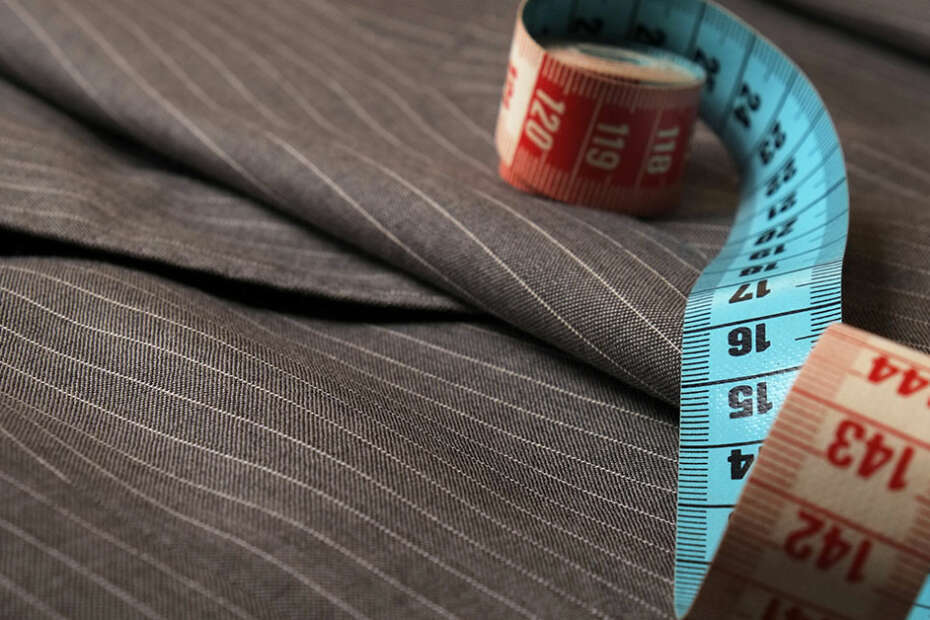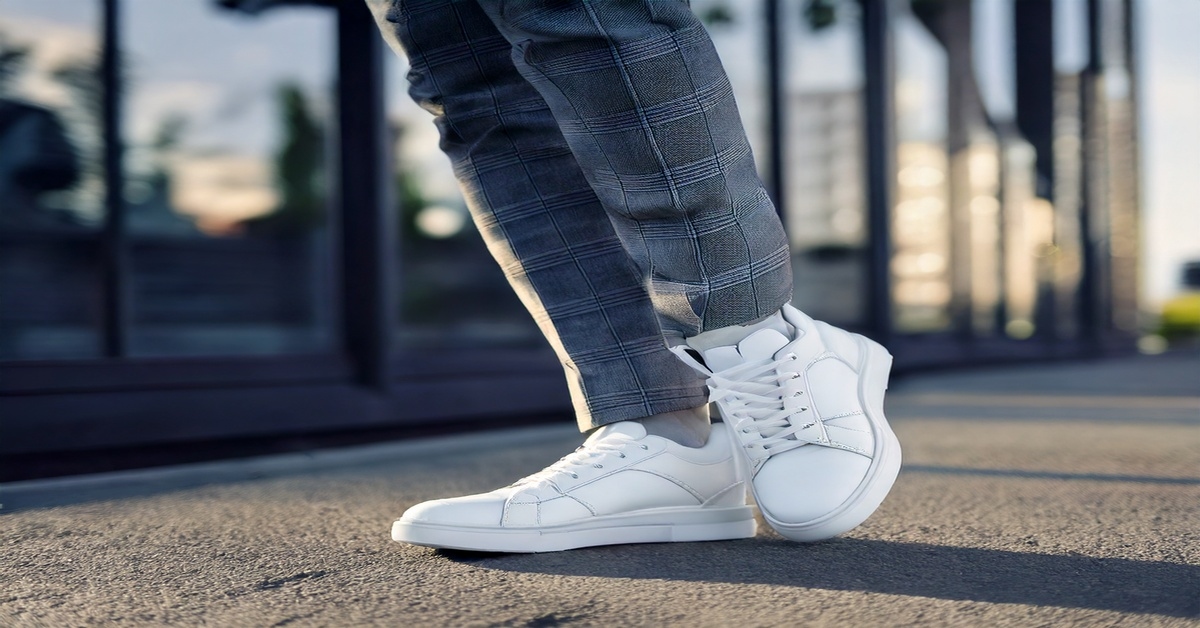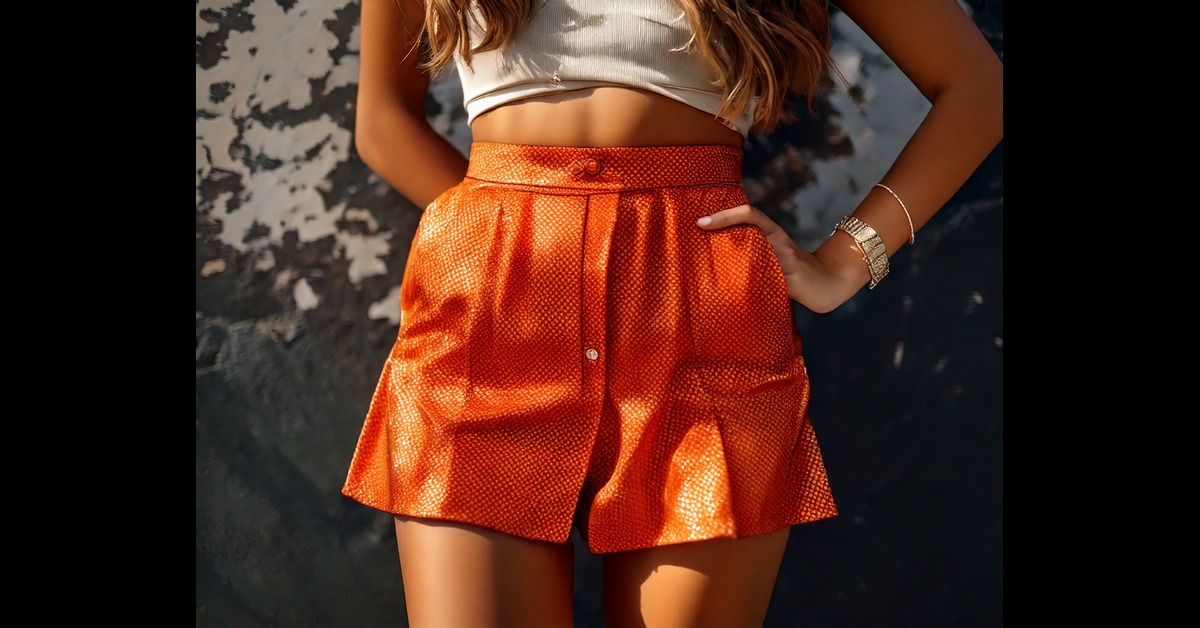If you ask any guy what that one classic clothing item is as a must-have, they are most likely to say a perfectly fit, polished looking suit. While suit styles may evolve, there are some timeless rules and regulations on top suit etiquette that must be followed if you want to achieve the perfect fit and look and feel good in the process.
Whether you’re buying an off-the-rack suit or getting one custom-made, there are certain things you must consider to achieve a slim, refined look that brings out your personality. Lucky for you, we will teach you just how a suit, especially a suit jacket is supposed to fit.
What To Expect In This Article?
How a Suit should Fit
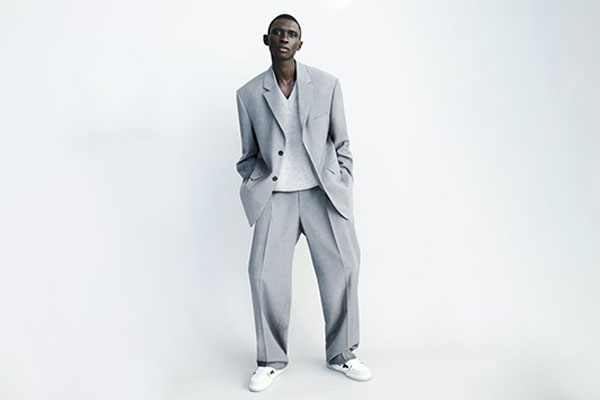
Don’t you often get confused when the salesman asks you if this is a good fit? It might look robust, but you still might not be sure if it’s a good fit. This is because when you try a suit, you have to ensure you’ve achieved a good fit in your ‘natural stance.’
Your natural stance means standing in a relaxed, upright pose, with your arms comfortably at your side. If your suit doesn’t look good in this position, it will not feel good either, and chances are, you’re either going to get a baggy suit or something too fitted.
Now that you know how to check for the proper suit fit, let’s move on to more intricate details and focus on a good fit in the following areas:
Jacket Length
One of the trickiest and the most crucial factor in deciding how a suit jacket should fit is the length. You don’t want to go for a suit jacket that is too long or something a little short because it will throw off your natural proportions. While it is a tough decision, there is no rocket science to it, and you can figure out the perfect length by focusing on either of the two ways:
The first is standing in your natural stance. Make sure that the bottom of the jacket hits your knuckles, nothing above or below it. Second, you can also check that the length is correct if the bottom of your jacket falls just on the mid-crotch.
If your height is slightly shorter, ensure that the jacket ends right at your mid-crotch, so the proportions are well-balanced. Also, be careful about coverage, and check that the suit jacket is partially or totally covering your rear.
The Shoulders
Once you’re done checking the length, move your focus to the shoulder region, because that is the most significant point of the fit of your jacket. An ideal suit shoulder fit is when the shoulder lies flat, and the seam is at the boundary of your shoulder, right where it descends to your arm.
Your suit often appears perfectly fitting, but the seam that attaches the sleeve to the jacket could be jacked up along your shoulder bone or drooping on your upper bicep. As a result, you might see ripple effects that create lumps or wrinkles, which you don’t want.
While tailors are good at fixing some loopholes in suits, shoulders are tricky and expensive, and you might not get the perfect fit despite various alterations. So, make sure you get the right shoulder fit right off the bat.
Jacket Sleeve Length
Next, let’s talk about the sleeve length, which effectively contributes to how your entire look will turn out. It would be best if you made certain that the sleeve of your blazer jacket does not rise above the cuff (shirt sleeve) entirely, and neither does it cover the sleeve altogether.
This ideal sleeve length falls just a tiny bit above the shirt cuff, so about half an inch of the shirt sleeve is visible. However, you do not have to be too obsessive because sleeves can easily be altered, so get the length you think is closest to perfect.
The Jacket Closure
A suit jacket is often worn closed while standing, so it is better to check how the front of your jacket looks and closes over your body. For this purpose, go for a single-breasted jacket to see if the two sides are meeting neatly.
Please make sure the lapels do not hang off your body because that means the jacket is too loose, or the lower edges don’t flare out because that indicates it’s too tight. Go for a sleek black blazer jacket for instance or something dark-colored if you aim to achieve a slimmer, more refined look.
Jacket Collar
A jacket collar is like an anchor to the entire outfit, and it needs to be well-fitted to give a proper shape to the suit jacket. Consequently, make sure your jacket collar rests well against your shirt collar, which is well-placed against your neck.
If the collar is loose, it will flop off the back of your neck, which looks exceptionally messy, while if it’s tight, it can create wrinkles and fold beneath it. Choose the suitable fabric, so the collar is not too stiff or loose and sits nicely against your neck.
The Buttons
Lastly, let’s focus on the buttons, which should be well-positioned to add extra depth and sharpness to your suit. In the case of a three-button suit, always keep the middle one buttoned, while in the case of a two-buttoned suit, keep the top one buttoned.
Next, ensure that the button reaches your belly button and never below it. However, you can go a bit higher depending on the occasion and your styling preference. Go for buttons that are similar to the color of your suit jacket for a formal appearance, but you can always add some fun through contrasting buttons for smart-casual looks.
5 Signs that the Suit has a Poor-fit
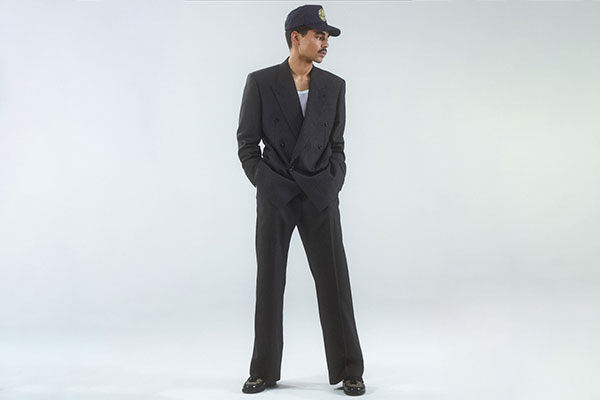
Now that you know how to make sure the suit is well-fit, let’s talk about some indications of a bad fit that you can spot:
- Your shoulder may sag, which indicates the shoulder of the jacket is too loose.
- The front button of your blazer is too high, making you look off-balance.
- There is space between the chest and the jacket, making it look proportion-less.
- The suit jacket is too long or too short.
- The jacket collar often rolls against your neck, indicating you should adjust the slope of your shoulder.
FAQs
You need to focus on the suit jacket’s length, the shoulders, the sleeves and the buttons to check if it fits well.
No, a suit jacket shouldn’t be too tight because that will cause wrinkles and folds, and it shouldn’t be too loose either.
A leather blazer should fall more on the slim-fitting side, so a bit tight but not too much. It should be well-balanced and proportionate.
This entirely depends on the occasion; if it’s casual, you can keep the jacket unbuttoned for a more relaxed, easygoing appearance. This goes for a sitting or standing position.
Suit jackets may have either one, two or no vents.
Conclusion
If you’ve made it till here, you know everything to perfectly style your suit jacket and make sure the fit is on-point. Pair your jacket with dress pants or matching ones for a complete dressy look, or go for mix and match such as denim jeans or different colored pants to achieve the suit breaker look.
Remember, a classy suit is a trend that’s never getting old; it’s timeless, exquisite and everything you need to bring out your charming personality. However, an ill-fit suit can do quite the opposite and make you look careless. So make sure you style it right!

